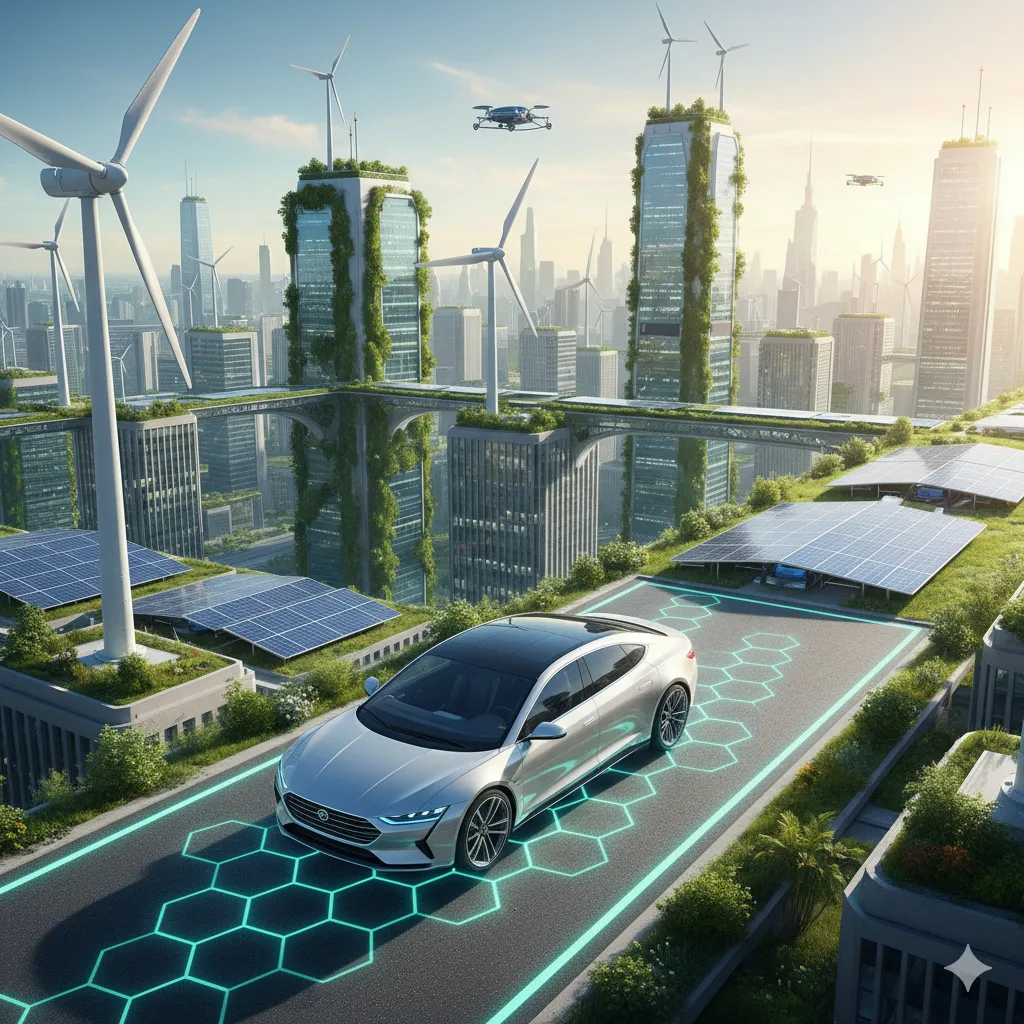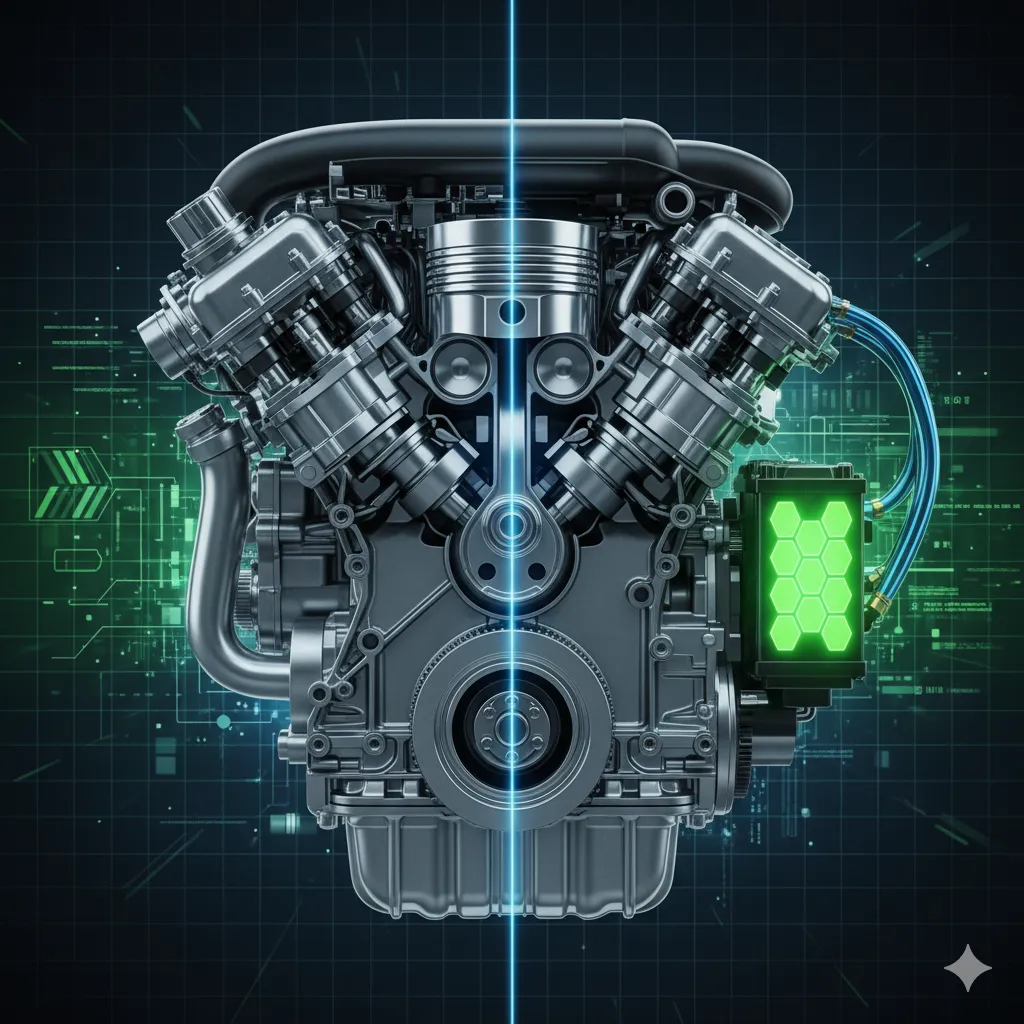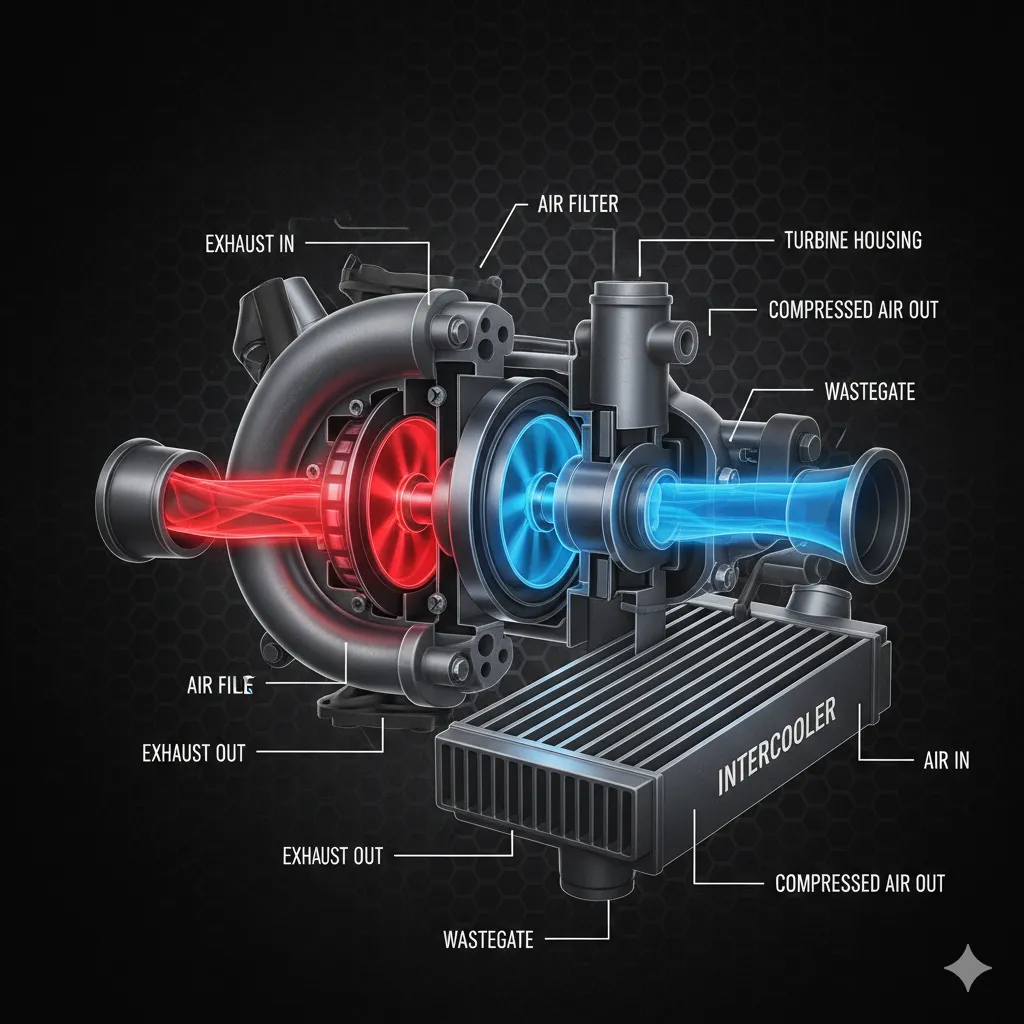
EV Technology: Driving the Future of Sustainable Transport
EV Technology: Driving the Future of Sustainable Transport
The automotive world is undergoing a silent revolution. Internal Combustion Engine (ICE) vehicles, which have dominated our roads for over a century, are steadily being replaced by a cleaner, quieter, and more efficient alternative: the Electric Vehicle (EV). At the heart of this transformation lies EV technology, a sophisticated blend of electrical engineering, chemical science, and software innovation that is reshaping the way we think about transportation.
This comprehensive guide will break down the core components of EV technology, explore the undeniable benefits for both consumers and the planet, and look ahead at the cutting-edge innovations that promise to make electric driving the global standard.
What Exactly is EV Technology? (H2)
EV technology refers to the technological advancements used in the design, production, and operation of electric vehicles. Unlike gasoline cars, which use a controlled series of explosions to create motion, an EV uses electricity stored in a battery to power an electric motor. This fundamental difference eliminates tailpipe emissions and vastly simplifies the vehicle’s mechanical structure.
The Core Components of an Electric Vehicle (H3)
An all-electric vehicle (often called a Battery Electric Vehicle or BEV) has three primary systems that replace the engine, fuel tank, and exhaust of a traditional car:
1. The Traction Battery Pack (H4)
This is the single most defining component of an EV. Typically a large, heavy pack of interconnected lithium-ion cells, the traction battery stores the electrical energy needed to power the motor. Modern battery packs are engineered with advanced thermal management systems to keep the cells within an optimal temperature range, maximizing both performance and longevity.
-
Key Function: Stores electrical energy (DC power).
-
LSI Keyword Inclusion: lithium-ion batteries, energy density, thermal management.
2. The Electric Traction Motor (H4)
The electric motor converts the electrical energy from the battery into mechanical energy, turning the wheels. Unlike a combustion engine that only produces torque in a narrow band, electric motors deliver instant torque, resulting in the rapid, smooth acceleration EVs are famous for. Many EVs use multiple motors for All-Wheel Drive (AWD).
-
Key Function: Converts electrical energy to motion.
-
LSI Keyword Inclusion: instant torque, electric powertrain, regenerative braking.
3. The Power Electronics Controller/Inverter (H4)
Since the battery stores direct current (DC) and the motor typically uses alternating current (AC), the inverter is a critical intermediary. It takes the DC power, converts it to AC, and meticulously manages the flow of energy from the battery to the motor, controlling the vehicle’s speed and acceleration based on the driver's input. It's the 'brain' of the drive system.
-
Key Function: Manages energy flow and converts DC to AC.
-
LSI Keyword Inclusion: power conversion, DC/AC inverter.
The Inherent Benefits of EV Technology (H2)
The shift to EV technology isn't just about a new type of engine; it’s about a new paradigm of driving that offers substantial advantages over legacy ICE vehicles.
Environmental Advantages: Cleaner Air and Reduced Emissions (H3)
Perhaps the most significant driver for EV adoption is the positive environmental impact.
-
Zero Tailpipe Emissions: All-electric vehicles produce absolutely zero tailpipe emissions, directly improving air quality in urban centers by eliminating pollutants like nitrogen oxides () and carbon monoxide ().
-
Lower Lifetime Carbon Footprint: While manufacturing the battery incurs an initial carbon cost, studies consistently show that over its lifetime, an EV produces significantly fewer greenhouse gas emissions than a comparable gasoline car, especially as electricity grids incorporate more renewable energy sources. This is a huge factor in fighting climate change.
Economic Advantages: Cost Savings for Consumers (H3)
Beyond the environmental good, EVs are proving to be a wise financial investment for many drivers.
-
Reduced Running Costs: Electricity is generally cheaper per mile than gasoline. Charging your vehicle at home overnight is far more economical than frequent trips to the fuel pump.
-
Lower Maintenance: An electric powertrain has far fewer moving parts than an ICE. There are no oil changes, spark plugs, timing belts, or complicated transmissions. This translates directly to lower maintenance costs and fewer trips to the mechanic. The use of regenerative braking also significantly extends the life of the traditional friction brakes.
Innovation in EV Battery Technology (H2)
The speed of EV adoption hinges heavily on battery performance. Consequently, battery innovation is the fastest-moving frontier of EV technology. The focus is on increasing energy density (more range), reducing cost, and improving charging speed.
Current-Generation Advancements (H3)
Today’s most popular batteries are lithium-ion, but there are two emerging chemistries revolutionizing the market:
-
Lithium Iron Phosphate (LFP): Known for being incredibly safe, long-lasting, and cheaper due to the absence of nickel and cobalt. While slightly less energy-dense, they are becoming standard in entry-level and short-range vehicles.
-
Nickel-Rich Cathodes (NCA/NMC): These chemistries achieve higher energy density, providing the long-range required for premium and performance EVs. The challenge here is the ongoing effort to reduce or eliminate the need for ethically complex materials like cobalt.
The Next Frontier: Solid-State Batteries (H3)
The holy grail of EV power is the solid-state battery. By replacing the liquid or gel electrolyte with a solid ceramic or polymer, researchers anticipate a breakthrough with several major benefits:
-
Higher Energy Density: Up to 50% more range than current lithium-ion batteries for the same size and weight.
-
Faster Charging: The solid electrolyte is expected to handle much faster charging rates without the risk of dendrite formation that plagues liquid-electrolyte batteries.
-
Enhanced Safety: Solid electrolytes are non-flammable, virtually eliminating the risk of fire.
The Future Ecosystem of EV Technology (H2)
The evolution of EV technology is expanding beyond the vehicle itself, creating an interconnected ecosystem.
Charging Infrastructure & Vehicle-to-Grid (V2G) (H3)
The growth of the charging infrastructure is critical. More powerful DC fast charging stations are making long-distance travel viable. Furthermore, emerging bidirectional charging technology, known as Vehicle-to-Grid (V2G), allows EVs to send stored power back to the electrical grid during peak demand times. This turns a parked car into a mobile energy storage unit, significantly enhancing grid stability and potentially earning the owner revenue.
Software and Autonomy (H3)
Sophisticated Battery Management Systems (BMS) are vital for optimizing the battery's health and performance. Concurrently, the silent nature of the electric powertrain is the perfect foundation for advancements in autonomous driving and advanced driver-assistance systems (ADAS), as noise interference is minimized.
Frequently Asked Questions (FAQs) (H2)
Q1: Is EV technology truly "green" if the electricity comes from coal? (H3)
A: While an EV charged with coal-generated electricity is not zero-emission, even in the worst-case scenario, EVs are generally cleaner than comparable gasoline cars over their lifetime due to the efficiency of the electric motor. As global energy grids transition toward renewables (solar, wind), the environmental benefit of EV technology only increases.
Q2: How long do EV batteries last and how much does a replacement cost? (H3)
A: Most automakers provide warranties for the traction battery, typically covering 8 years or 100,000 to 150,000 miles, guaranteeing it will retain a high percentage of its original capacity. Battery replacement costs are steadily decreasing as technology and production scale, and second-life applications (like home energy storage) are emerging for retired packs.
Q3: What is "regenerative braking"? (H3)
A: Regenerative braking is a feature of EV technology where the electric motor reverses its function when the driver decelerates. Instead of simply using friction to slow the car (and wasting that energy as heat), the motor acts as a generator, converting the vehicle’s kinetic energy back into electricity and sending it to recharge the battery.
Conclusion: An Electrified Tomorrow (H2)
EV technology is no longer a futuristic concept—it is a present-day reality rapidly changing the landscape of personal and commercial transport. From the basic components of the electric powertrain to the complex innovations in lithium-ion batteries and V2G technology, the continuous evolution of this field promises vehicles that are safer, more cost-effective, and, most importantly, environmentally sustainable.
The road ahead is clearly electrified. As EV technology continues its relentless march forward, the benefits for drivers, the economy, and the planet will only become more profound.
e) External Links
-
U.S. Department of Energy - Alternative Fuels Data Center (AFDC): (For a general overview and technical components)
-
International Energy Agency (IEA): (For global EV statistics and outlook)
-
Nature/Scientific American or similar authoritative science publication: (For in-depth battery chemistry advancements)




